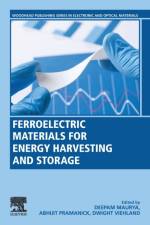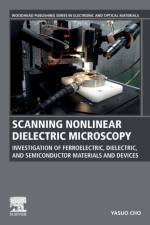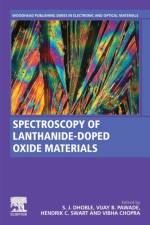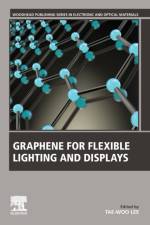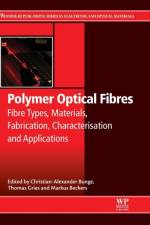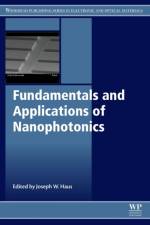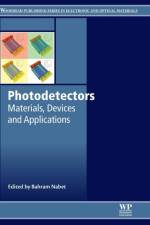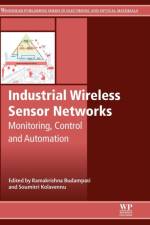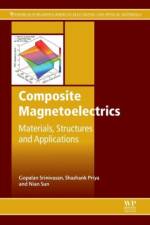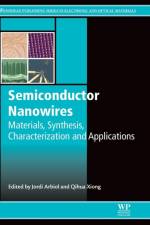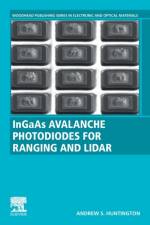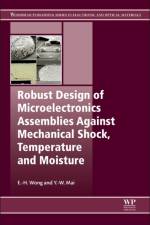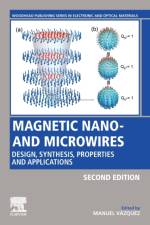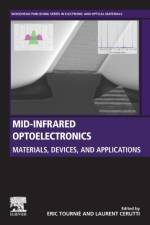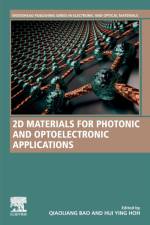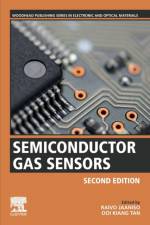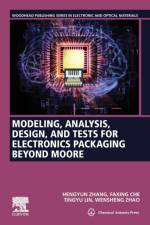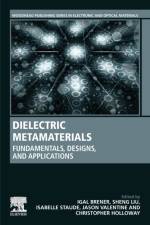- Design, Synthesis, Properties and Applications
4 885,-
Magnetic Nano-and Microwires: Design, Synthesis, Properties and Applications, Second Edition, reviews the growth and processing of nanowires and nanowire heterostructures using such methods as sol-gel and electrodeposition, focused-electron/ion-beam-induced deposition, epitaxial growth by chemical vapor transport, and more. Other sections cover engineering nanoporous anodic alumina, discuss magnetic and transport properties, domains, domain walls in nano-and microwires. and provide updates on skyrmions, domain walls, magnetism and transport, and the latest techniques to characterize and analyze these effects. Final sections cover applications, both current and emerging, and new chapters on memory, sensor, thermoelectric and nanorobotics applications. This book will be an ideal resource for academics and industry professionals working in the disciplines of materials science, physics, chemistry, electrical and electronic engineering and nanoscience. Details the multiple key techniques for the growth, processing and characterization of nanowires and microwiresReviews the principles and difficulties involved in applying magnetic nano- and microwires to a wide range of applications, also including biomedical and sensing applicationsDiscusses magnetism and transport in nanowires, skyrmions and domain walls in nanowires and the latest innovations in magnetic imaging


